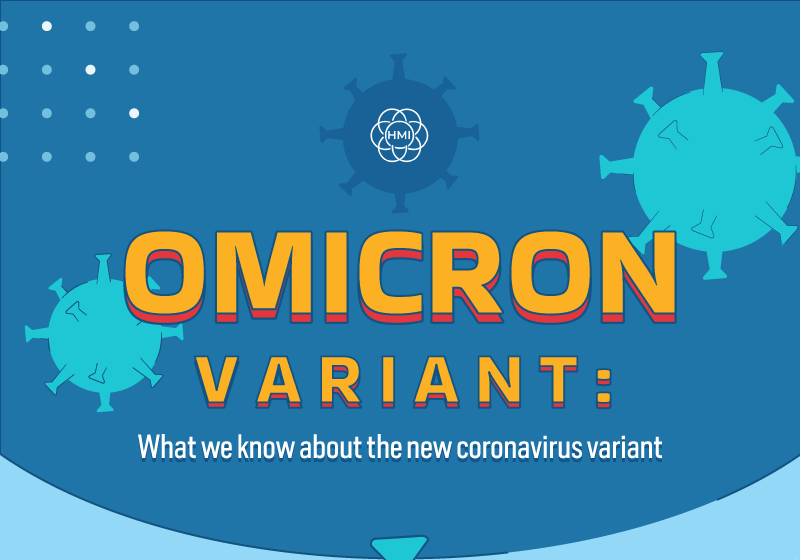Virologists came up with three hypotheses about how viruses like the omicron variant existed.
- The progressive theory
- The regressive theory, and
- The virus-first hypotheses. Experts achieved these speculations because of prolonged studying, proper observation and step-by-step experimentation.
So, where did omicron variant viruses come from?
- Progressive Theory (Escape)
Virtuosos articulated that in this speculation, these sub microorganisms emerge from genetic elements that can obtain the ability to move from one cell to another. Such as retroviruses have single-stranded RNA (ribonucleic acid) genomes. Once it enters a host cell, reverse transcriptase’s viral enzyme regenerates that RNA into a double-stranded DNA (deoxyribonucleic acid) genome. A new viral enzyme, named integrase, inserts a newly formed viral DNA into the host’s cell genome when it successfully occurs.
This hypothesis means the virus has a high potential of being an infectious agent.
- Regressive Theory (Reduction)
This one is in contrast to the Progressive Theory. Through Regressive, several bacteria compelled intracellular parasites can mutate from free-living ancestors, like Chlamydia and Rickettsia species. It will then evolve into a more perplexed and complicated living organism that lost genetic information throughout time as it embraced a parasitic manner of replication.
- Virus-First Hypothesis
The Progressive and Regressive Theory shows that viruses exist because of previous cells. What if it is the first one that ever lived?
Eugene V. Koonin (American biologist) and William Martin (American botanist) concluded that viruses prolonged in a precellular world as self-cloning components. Over time, these units argued and became more systematic yet complex. Thus, it can be risky to a host’s life. Enzymes will then evolve to synthesize the membrane and cell walls, resulting in the formation of cells.
Coronavirus Disease 2019 is a rapidly progressive viral pneumonia among these three hypotheses. Since it appeared in Wuhan, China, in December 2019, virologists instantly concluded that it has a high potential as an infectious agent. That is why it became an epidemic in a month and, eventually, a pandemic.
The plague caused millions of health dilemmas, increased death tolls, and defected the worldwide economy. However, the health experts developed vaccinations, a fit-to-fly COVID test, and a PCR test to boost people’s immune systems and minimize the virus’s continuous dispersion.
It became a success for things are turning back into a routine.
A reality check says that a virus can mutate. Hence, this fact proved its point on November 26, 2021, as a new coronavirus variant appeared, infecting 12,947 in Europe and 10,866 in the UK.
Without further ado, see the infographic below created and designed by the prevalent Harley Medic International company, known for their distribution of Official Rapid Tests, as they highlight the things you need to know about the Omicron Variant:
Read More: Benefits Of Getting A Covid PCR Test London From A Government Facility

